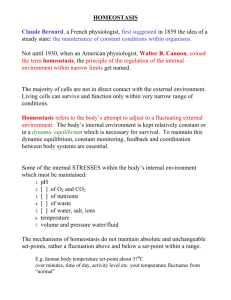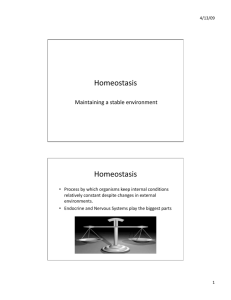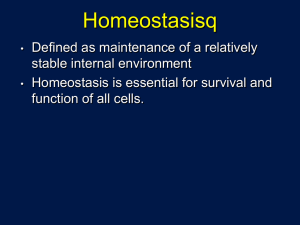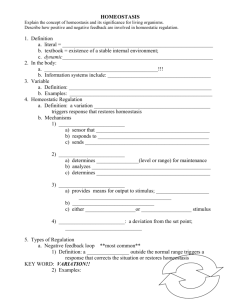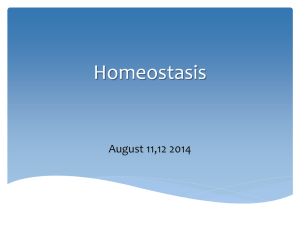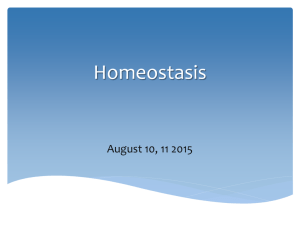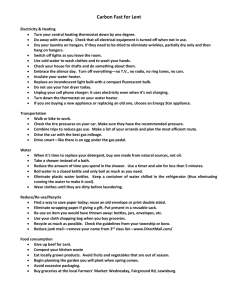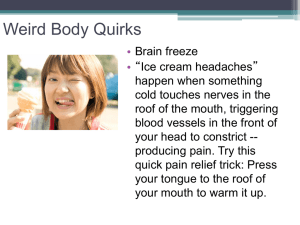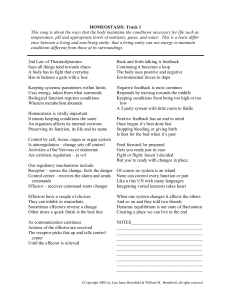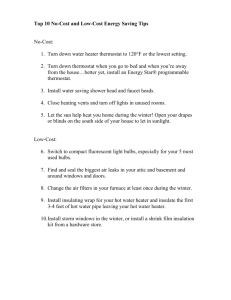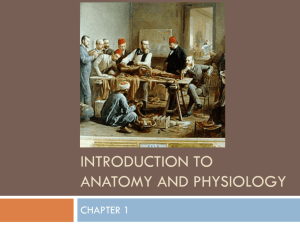Organ System Overview
advertisement
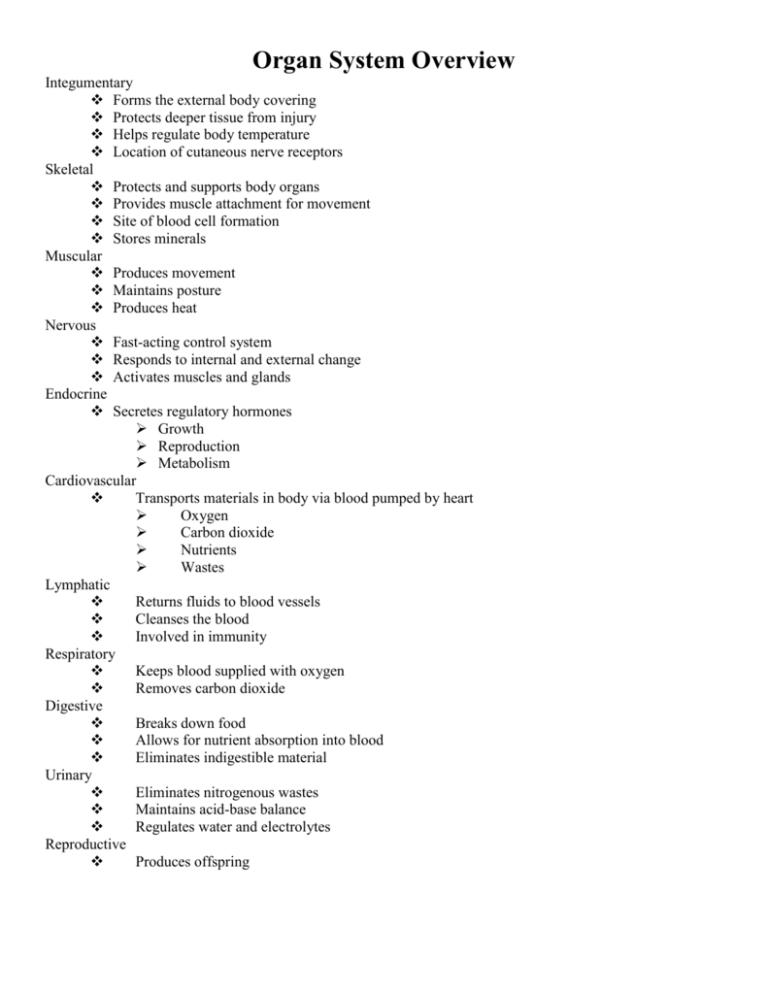
Organ System Overview Integumentary Forms the external body covering Protects deeper tissue from injury Helps regulate body temperature Location of cutaneous nerve receptors Skeletal Protects and supports body organs Provides muscle attachment for movement Site of blood cell formation Stores minerals Muscular Produces movement Maintains posture Produces heat Nervous Fast-acting control system Responds to internal and external change Activates muscles and glands Endocrine Secretes regulatory hormones Growth Reproduction Metabolism Cardiovascular Transports materials in body via blood pumped by heart Oxygen Carbon dioxide Nutrients Wastes Lymphatic Returns fluids to blood vessels Cleanses the blood Involved in immunity Respiratory Keeps blood supplied with oxygen Removes carbon dioxide Digestive Breaks down food Allows for nutrient absorption into blood Eliminates indigestible material Urinary Eliminates nitrogenous wastes Maintains acid-base balance Regulates water and electrolytes Reproductive Produces offspring Homeostasis ________________—maintenance of a stable internal environment A dynamic state of equilibrium Homeostasis is necessary for normal body ________________ and to sustain life Homeostatic imbalance - A disturbance in homeostasis resulting in ________________ Maintaining Homeostasis The body communicates through ________________ and ________________ control systems (nervous and endocrine) There are three parts 1. ________________ 2. ________________ 3. ________________ Receptor Responds to changes in the ________________ (stimuli) Sends information to control center Information flows from the receptor to the control center along the __________ pathway Control center Determines ________________ Analyzes information Determines appropriate ________________ Effector Provides a means for ________________ to the stimulus Information flows from the control center to the effector along the __________ pathway. Feedback Mechanisms Negative feedback Includes most homeostatic control mechanisms ________________ the original stimulus, or reduces its intensity Works like a household thermostat Ex. Mechanisms that regulate ___________, blood pressure, _____________, and blood levels of glucose, oxygen, carbon dioxide, and minerals. Household Thermostat Thermostat set at 70°F Stimulus – temperature of house drops to 68°F Receptor – the thermometer detects a cool temp. Tells the heater thermostat the change through the afferent pathway Control Center – thermostat turns on the heater. Once the house temperature rises to 70° the thermostat turns the heater off Positive feedback ________________ the original stimulus to push the variable farther Typically control ________________ events and do not require continuous adjustments. In the body this only occurs in ________________ and during the birth of a baby
